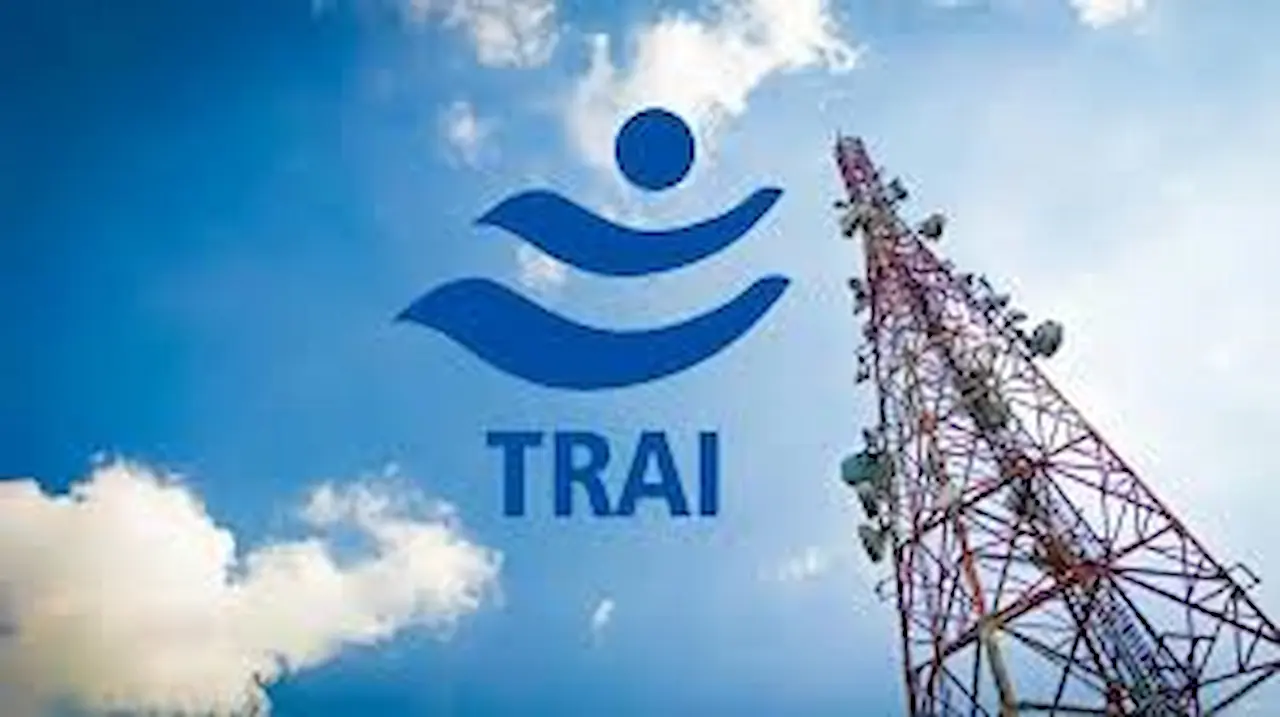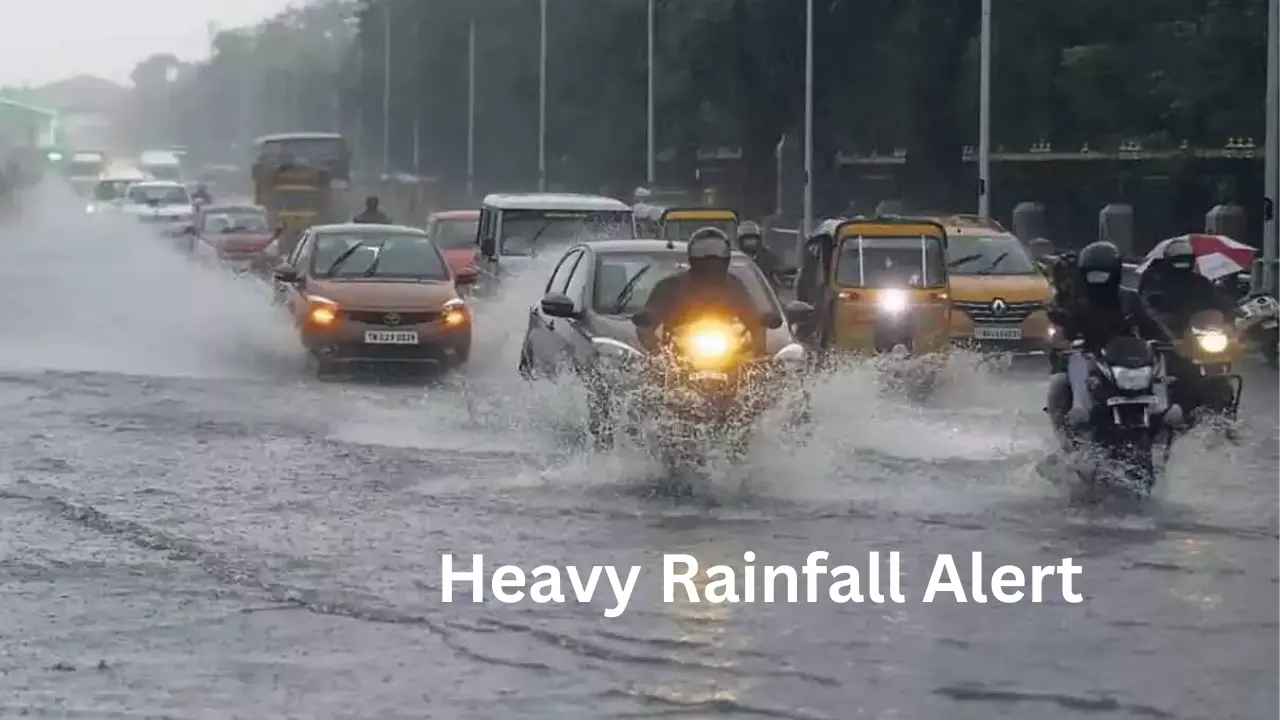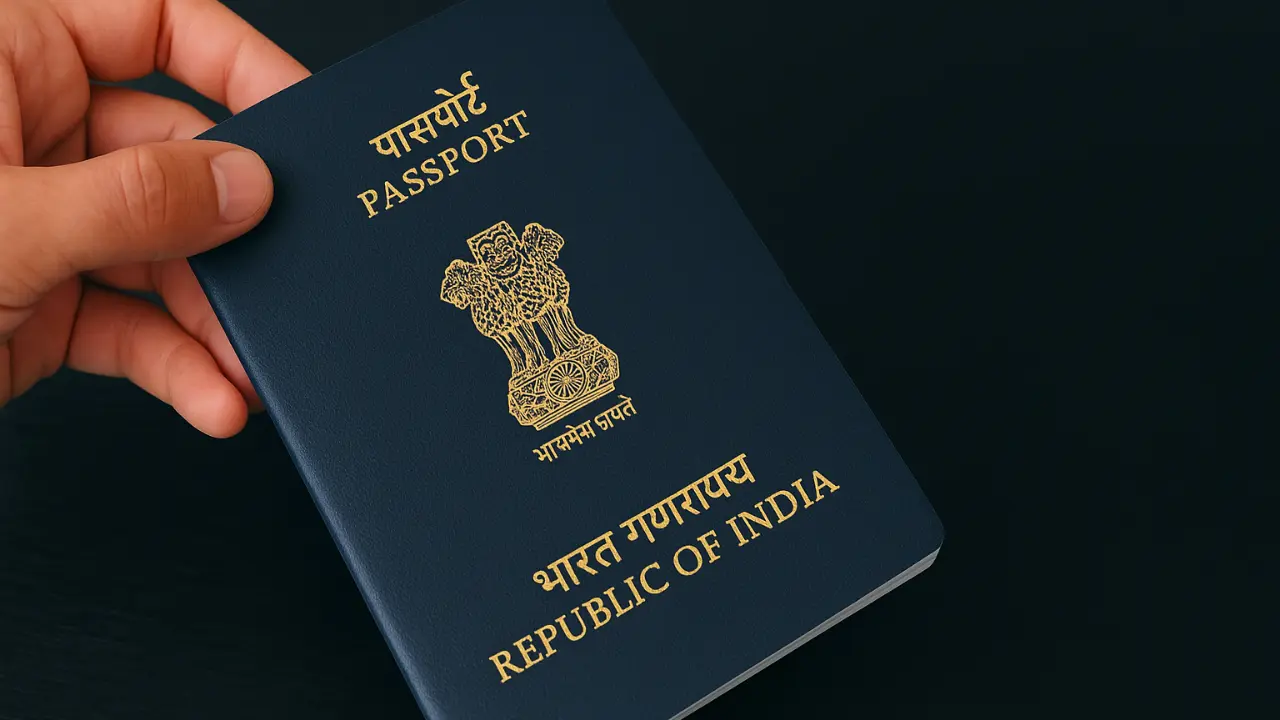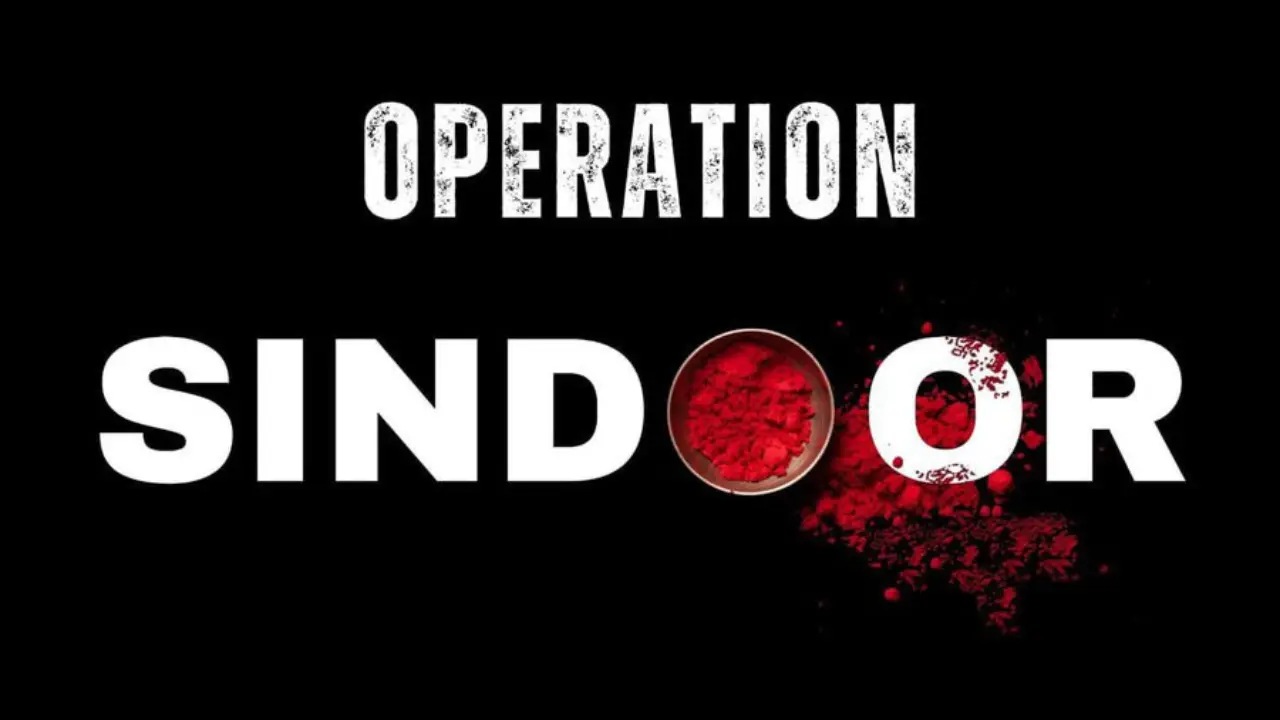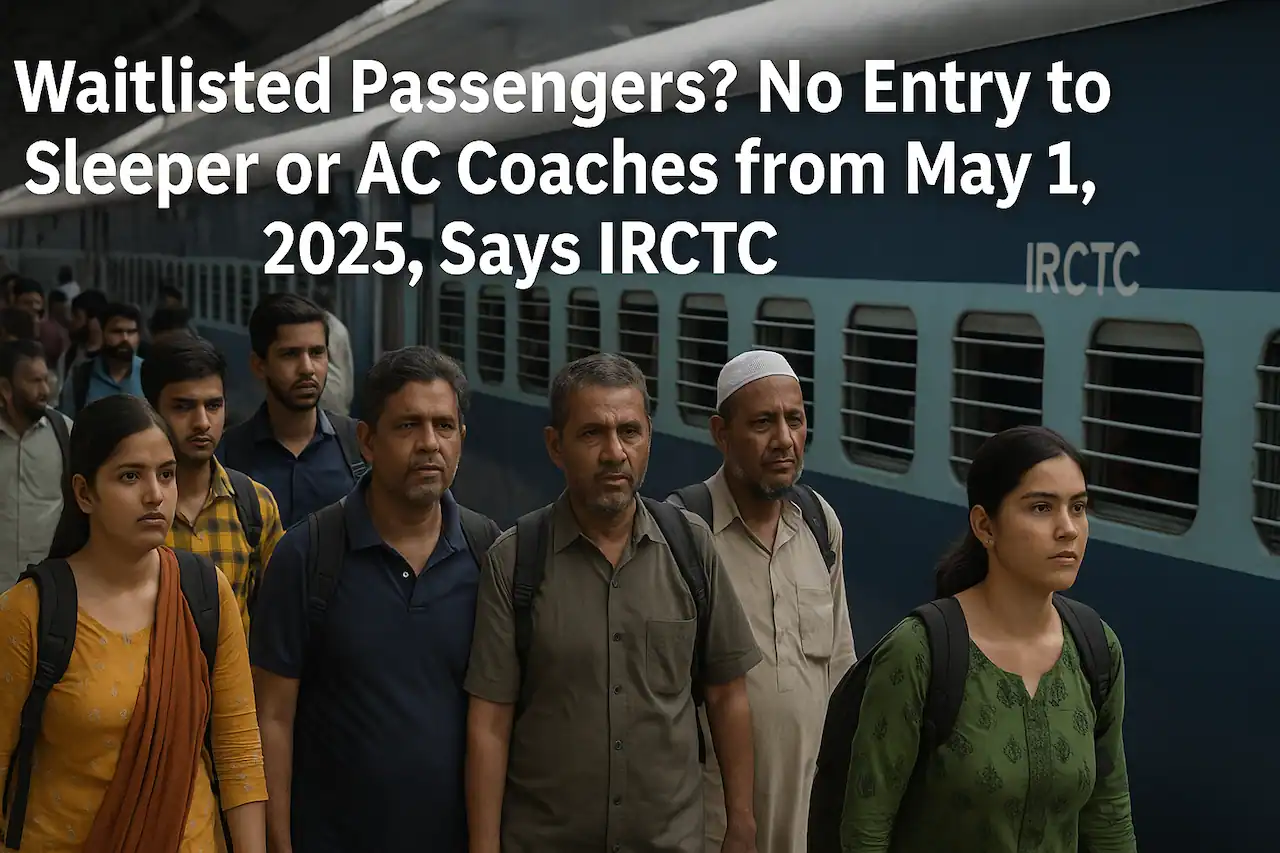In a major development shaking up the telecom industry, India’s leading private telecom operators—Airtel, Reliance Jio, and Vodafone Idea (Vi)—have taken significant steps in response to the latest directive from the Telecom Regulatory Authority of India (TRAI). The new rule, which aims to boost transparency and empower users, mandates that all telecom companies must publish detailed maps showing 2G, 4G, and 5G network coverage.
Let’s break down how this change affects users, what the telecom giants are doing about it, and why it’s a step in the right direction.
TRAI’s New Mandate: What’s the Big Deal?
TRAI’s new regulation, effective from April 1, 2025, requires all telecom service providers to publicly display geospatial maps that clearly show the availability of their services—2G, 4G, and 5G—across different regions.
Why is This Important?
- 📶 Clarity on Signal Strength: Users can check how strong a network is in their exact area.
- 🧭 Informed Choices: You no longer need to rely on word-of-mouth or guesswork when choosing a mobile provider.
- 🔍 Transparency and Accountability: Telecom companies will now be more accountable for the quality of service they promise.
How Airtel, Jio, and Vi Responded
As expected, the country’s top three private players have quickly jumped into action to comply with TRAI’s order.
Airtel
- Airtel rolled out an interactive coverage map on its official website.
- It includes layers for 2G, 4G, and 5G, along with real-time data updates.
- Users can enter their location to view signal strength and tower availability.
Reliance Jio
- Jio followed suit with a detailed and user-friendly coverage tool.
- The platform shows 5G Ultra-Speed areas and is synced with Jio’s latest rollout data.
- Jio’s focus is on enhancing trust by showing precise availability block-by-block.
Vodafone Idea (Vi)
- Vi launched a visual map that separates its 4G and 2G zones.
- Their map includes a feedback tool so users can report signal issues directly from the interface.
What About BSNL and MTNL?
While the private players have complied, state-owned BSNL and MTNL have yet to publish their maps. According to TRAI, these companies are still in the process of updating their systems, and compliance is expected soon.
How This Benefits You – The User
1. Better Decision-Making
If you’re planning to switch providers or move to a new area, you can now check network availability beforehand.
2. Fewer Network Surprises
No more wondering why your calls drop in certain places. These maps reveal weak zones before you even experience them.
3. Easier Complaints
When you know your area’s coverage status, it becomes easier to lodge a specific complaint if you’re not getting what’s promised.
What Makes These Maps Special?
Unlike generic signal indicators or marketing slogans, these are live geospatial maps built using real-time tower and service data. They’re regularly updated to reflect new rollouts, upgrades, or outages.
TRAI’s Vision: Empowering the Consumer
This move fits perfectly into TRAI’s long-term goal of creating a consumer-first telecom ecosystem. By providing full transparency, the authority aims to:
- Reduce disputes over signal quality
- Encourage competition based on service quality, not just pricing
- Ensure telecom operators maintain consistent standards
What’s Next for the Telecom Industry?
This mandate could trigger more changes down the line, such as:
- 📡 Mandatory service quality benchmarking
- 📊 Independent audits of network performance
- 🌍 Integration with third-party platforms like Google Maps for easier accessibility
How to Check the Coverage Map for Your Area
Here’s how you can explore these maps:
- Airtel: Visit www.airtel.in/coverage
- Jio: Go to www.jio.com/network
- Vi: Check www.myvi.in/network-coverage
Just enter your pin code or city name to see the coverage status instantly.
Final Thoughts
TRAI’s new order is a big win for consumers. It’s forcing telecom companies to put their cards on the table—literally—and show the true strength of their networks. While Airtel, Jio, and Vi have taken commendable steps in complying, the spotlight now turns to BSNL and MTNL to catch up.
As users, we now have a powerful tool in our hands to ensure we get the quality we pay for. So next time you’re picking a SIM card or planning a move, don’t just ask a friend—check the map!
FAQs
Q1: What is TRAI’s new mandate for telecom companies?
TRAI now requires telecom operators to publish interactive network coverage maps showing 2G, 4G, and 5G availability.
Q2: Which telecom companies have complied with the order?
Airtel, Jio, and Vi have complied by launching detailed coverage maps on their websites.
Q3: What about BSNL and MTNL?
As of now, BSNL and MTNL are yet to publish their maps, but TRAI expects compliance soon.
Q4: How do these maps help me as a user?
They help you see which networks are available in your area and allow you to choose the best service provider accordingly.
Q5: Are these maps updated regularly?
Yes, telecom companies are expected to update the data frequently to reflect changes in network infrastructure.

